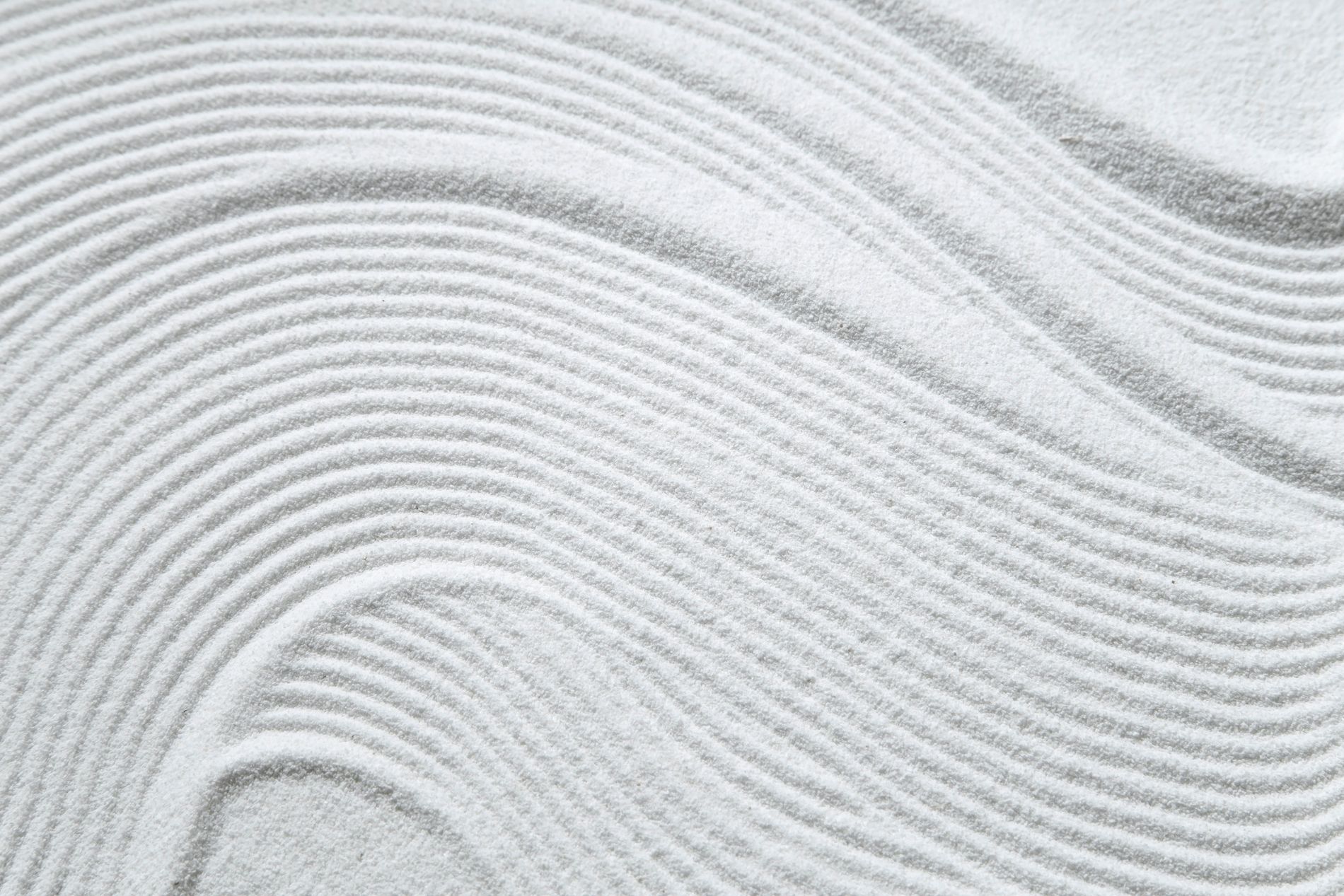Try these calming techniques for beginners
With ties to ancient Egypt, China and India dating back several thousand years, meditation isn’t exactly new. But the practice has gone mainstream with more of us than ever taking a slice out of our day to sit still, focus, then reflect to achieve clarity and good chi.
In the same way that yoga, green juice and other wellness practices have become commonplace in Scandinavia, visiting a dedicated meditation studio or a retreat no longer raises a perfectly pencilled-in brow. It’s also a trend that’s caught up with technology. The No.1 global app Calm had no fewer than 3.9 million downloads in a single month during the Covid-19 pandemic – proof that meditation has a place in modern society and that it can be a low-cost way to deal with stress.
“Meditation asks you to focus on something specific, such as your breath or repeating a mantra,” explains yoga teacher and women’s wellness coach, Yohanna Mannelqvist, who hosts yoga and wellness retreats on a private island in the Swedish archipelago. “This allows you to slow down and to feel calmer and more in tune with your mind and body. It’s so easy to get caught up in the doing, but meditation allows us to practice being.”
While the idea sounds woo-woo, there is scientific evidence that it works. “Studies show that after an eight-week course of mindfulness and meditation, the amygdala – the brain’s ‘fight or flight’ centre, which initiates the body’s response to stress – shrinks, helping you to feel calmer,” says Mannelqvist. Brain scans have also revealed that meditation positively affects the frontal lobe – the part of the brain associated with attention, planning and organisation.
Meditation and positive affirmations have also been shown to improve skin that is on a downward spiral of dryness and irritation. Makes sense given what stress is doing to your skin. One clinical study by dermatologist Dr Howard Murad, whose skincare line has just landed in Scandinavia, revealed that after just four weeks of reading positive statements, subjects scored lower stress levels and higher levels of skin hydration.
Like many, Mannelqvist was introduced to meditation via yoga. Since then she has added positive affirmations to her daily ritual. “We have about 85,000 thoughts each day, many of them focussing on the negative rather than the positive or neutral, which is also referred to as negativity bias,” she says. “If we repeat positive affirmations such as ‘I am capable of doing anything and I will succeed’ it can help us shift negative mind patterns into positive ones, assisting us in accessing a new belief system.”

Photo: Getty
Here, Mannelqvist’s top tips for how to meditate for beginners:
Start your day by writing an affirmation
The affirmation should alway start with the words ‘I am…' and should change according to your needs everyday. A good tip is to write it on a piece of paper and put it somewhere you can see it, such as your bathroom mirror or next to your computer. Then repeat your affirmation several times during the day.
Download a meditation app
It’s an easy first step and it may be beneficial to have someone guiding you in the beginning. Some of my favourites are Insight Timer, Calm, Headspace and Mindfully. Choose a meditation program and stick to the practice for at least 10 days to notice the impact.
Set aside five to 10 minutes daily
The importance is not the duration of your meditation but rather the frequency and consistency of your practice. Choose a quiet space and start with five to 10 minutes a day and gradually increase the length. You may also like to consider attending a meditation course so that you can fully learn a technique and continue with daily meditation in the morning.
Repeat a mantra
Sit down and close your eyes. Repeat the words ‘Let’ on your inhale and ‘Go’ on your exhale. Repeat this mantra in silence for 5 minutes, simply following the breath and the words.
